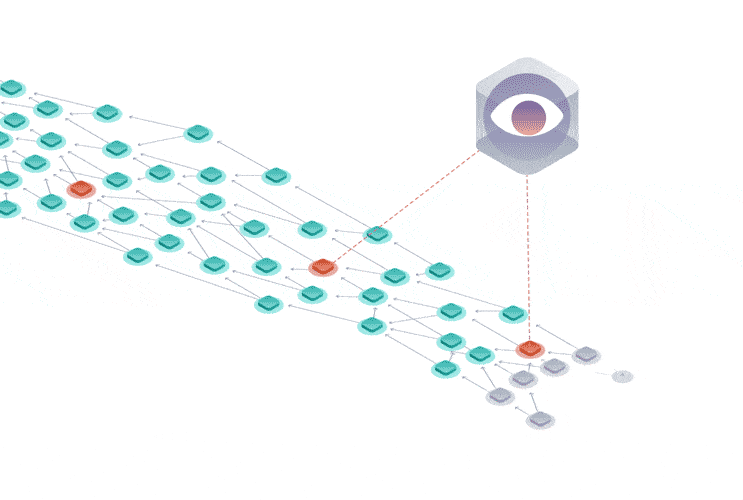The Coordinator - PoA Consensus
The Coordinator is a temporary feature running under the Chrysalis and Stardust protocol versions and will be removed with the upcoming IOTA 2.0 update.
The Coordinator is a node plugin that sends signed blocks called milestones that nodes trust and use to confirm blocks and reach consensusAgreement between nodes on the inclusion of blocks in the Tangle and validation of transactions.. Blocks that are directly or indirectly referenced by a milestone block are automatically deemed confirmed, though whether they mutate the ledger depends on the White-Flag consensus approach. The current Coordinator is based on the Tendermint Core BFT consensus, which enables a committee of validators to operate as a distributed Coordinator.
In the current Shimmer network, all instances of the Coordinator are run by the IOTA Foundation. In the IOTA Mainnet they are run by Akkodis, ETO GRUPPE, Software AG, Imperial College London and the IOTA Foundation.
Even though the Coordinator acts as a centralized confirmationThe stages for a block (transaction) to be secured are Pre-Acceptance, Acceptance, Pre-Confirmation, Confirmation, and Slot Finalization. Pre-acceptance (pre-confirmation) requires approval by an online (total) supermajority of the validator committee. Acceptance (confirmation) requires approval by an online (total) supermajority of pre-accepted (pre-confirmed) blocks. Slot Finalization requires Confirmation of a block that includes the corresponding slot commitment. device or finality gadget, it is not able to move or alter the ledger in any other way than given by the user issued transactions in the DAG. Therefore, the Coordinator can only censor transactions (which would be more visible than in traditional blockchains) but not actively mint or remove tokens from the ledger.
Nodes within an IOTA network running under PoA via the Coordinator have its public keys saved in the configuration and hence validate whether milestones are really issued by the Coordinator. Milestone are regularly issued by the Coordinator and determine the confirmation latency of the network. One can think of as milestones as the equivalent of block headerThe block header is all of the fields in the block wrapper except for the block and signature s in more traditional blockchains, although in the case of IOTA, the block headerThe block header is all of the fields in the block wrapper except for the block and signature confirms a subgraph within the DAG.

The Coordinator